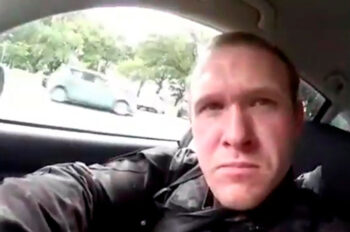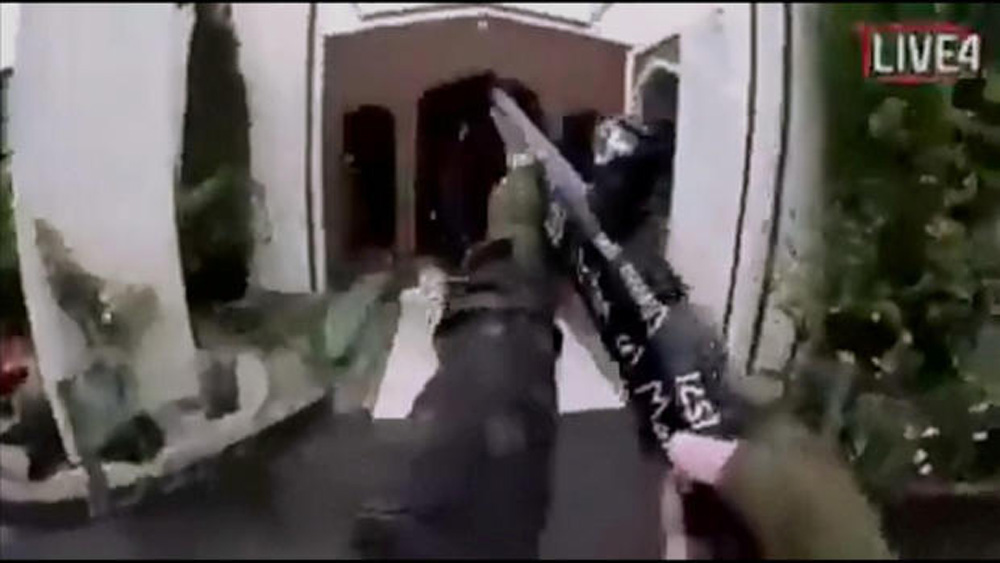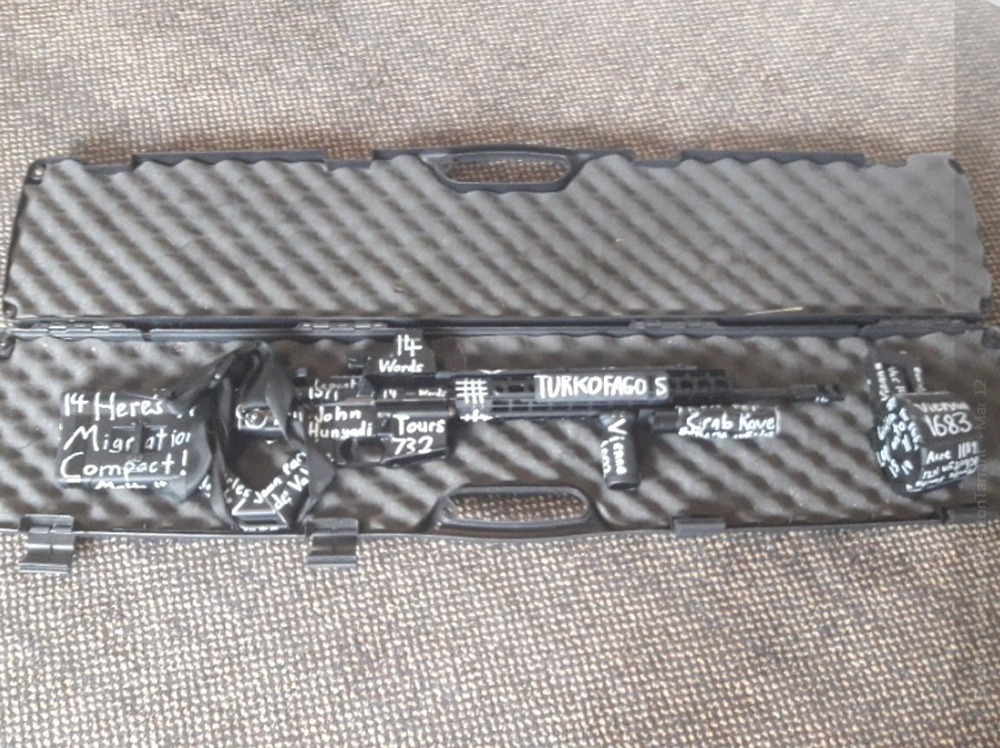By Mark Ellis –

The instigator of the horrific bloodbath at two mosques in New Zealand has been portrayed by establishment media such as the New York Times as a white nationalist associated with the far-right.
But Brenton Tarrant, the 28-year-old accused of the shootings, revealed in his chilling 73-page manifesto a far more complex portrait of evil.
“He is a self-described anarchist and a radical environmentalist, and an admirer of Communist China,” noted Dr. Augusto Zimmermann, a professor of law in Perth, Australia, who closely examined Tarrant’s writings.

In the manifesto he said he wanted “no part of” conservatism, described himself as an “eco-fascist.”
Tarrant distanced himself from conservatism, stating: “No, conservatism is corporatism in disguise, I want no part of it.”
“Conservatism is dead, thank god,” he wrote.
His youthful political journey careened through a maze of extremism. “When I was young I was a communist, then an anarchist and finally a libertarian before coming to be an eco-fascist.”
“The nation with the closest political and social values to my own is the People’s Republic of China,” he wrote.
Since China is also one of the greatest polluters in the world, some may question Tarrant’s sanity.
“As can be seen, the murderer hates capitalism, free markets, and free trade but he loves the Communist Chinese government and fascism, which is actually a form of nationalist socialism. In sum, the gunman is a racist who deeply despises liberalism and mainstream conservatism,” Dr. Zimmermann noted.
Several European forays led Tarrant to develop his anti-immigrant bias. “He was radicalized by traveling in Europe and seeing immigrant crime, by seeing how many immigrants are present, and how the dispirited native populations are dying out. Overcome by emotion, he decided that he must do something about it,” noted Rod Dreher in The American Conservative.

“In fact, what Tarrant did, and what the Islamist terrorists do, intersect insofar as they are responses to the profound displacement of peoples and traditions in the modern world.”
“His way of responding to it is demonic — but what he is responding to is real.”
Perhaps this is the most important conclusion. In sorting through the shooter’s confused ideologies it seems the lines become blurred at the extremes, but he was ultimately empowered by the evil one, and became Satan’s tool to foment mass murder.



